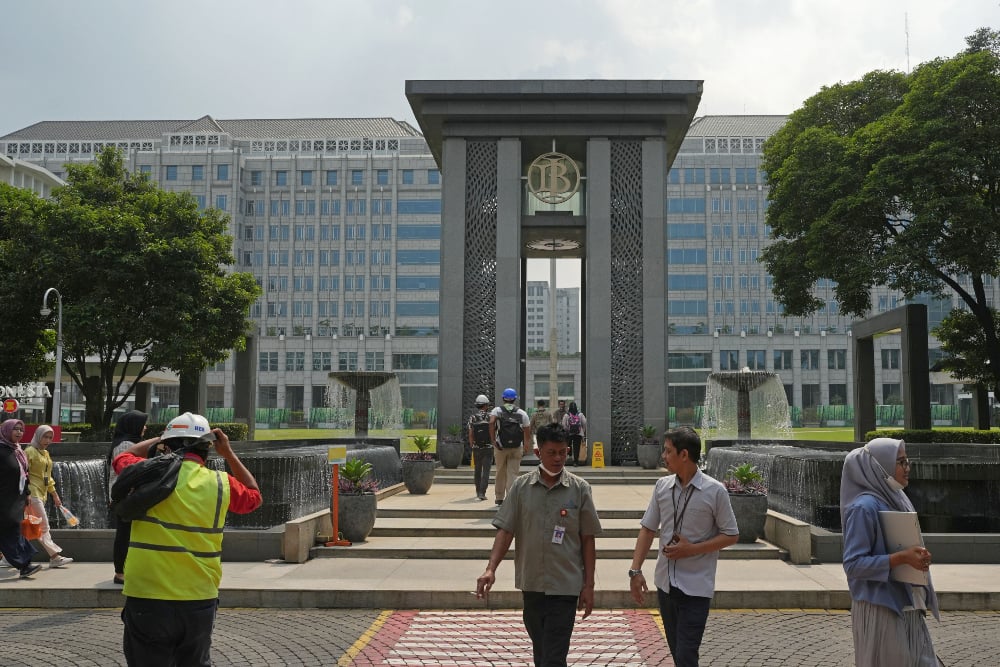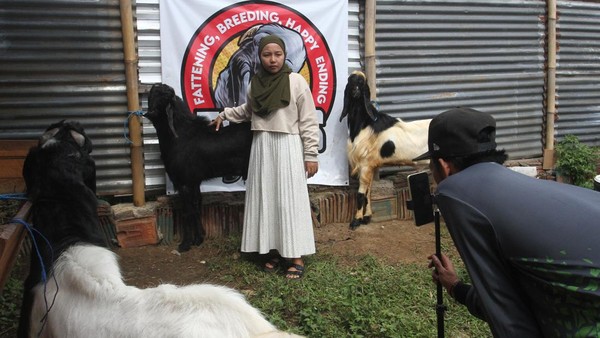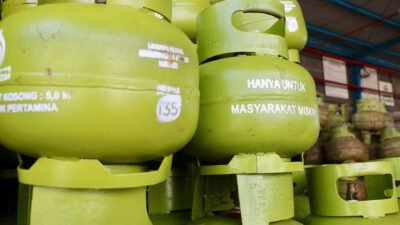In a promising sign for Indonesia’s financial markets, foreign capital inflows reached a substantial IDR 120 billion during the first week of May 2025. This influx highlights growing investor confidence in the country’s economic recovery and its potential for long-term growth. As a result, Indonesia’s stock and bond markets are experiencing increased activity, signaling a favorable outlook for both domestic and international investors.
A Positive Start to May 2025: What’s Driving the Capital Inflow?
The significant foreign inflow in early May 2025 is largely driven by several factors. First, the Indonesia government’s stable economic policies continue to attract investors, who see the country as a growing hub for business and investment. Second, the steady recovery post-pandemic has boosted investor sentiment, particularly as the country sees consistent growth in sectors like technology, infrastructure, and manufacturing.
Additionally, Indonesia’s strategic location in Southeast Asia makes it an attractive investment destination for foreign capital seeking access to the broader ASEAN market. With its robust natural resources and expanding consumer base, the country remains a top choice for long-term investments.
Market Reactions: What Does This Mean for Investors?
The inflow of IDR 120 billion into the Indonesian financial markets in just one week has already had an impact. Stock indices have seen an uptick, and bond yields have become more favorable, signaling investor optimism. Furthermore, analysts believe that foreign investors are increasingly confident in Indonesia’s ability to weather global economic uncertainty.
In particular, sectors such as technology and consumer goods have been major beneficiaries, with foreign investors recognizing Indonesia’s potential as a regional tech hub and a growing middle-class market. This surge in investment is expected to bring a steady stream of capital into the economy, further strengthening Indonesia’s position as an emerging market leader.
Foreign Investment in Indonesian Bonds: A Key Component
One noteworthy aspect of the capital inflow is the strong demand for Indonesian government bonds. Foreign investors are actively purchasing bonds, attracted by their competitive yields compared to other emerging markets. Government bond issuance has been a critical tool for Indonesia to finance its development projects and economic initiatives. As foreign capital continues to pour in, the government is better equipped to fund infrastructure projects and social initiatives that will drive future growth.
Moreover, the Indonesian government has been focusing on fiscal reforms that improve the country’s bond market, making it a more attractive option for global investors.
Implications for the Indonesian Economy: A Bright Outlook Ahead
The IDR 120 billion foreign capital inflow is more than just a number; it signifies a growing confidence in Indonesia’s economic prospects. As more foreign investors flock to the country’s financial markets, Indonesia’s economic resilience will likely continue to strengthen, providing a positive environment for both local businesses and global corporations looking to expand their presence in Southeast Asia.
The increased capital will not only support infrastructure development but also create more jobs, enhance the local business environment, and boost investor confidence in Indonesia’s long-term growth potential. As foreign capital continues to flow into Indonesia, the country is poised for continued economic progress in the coming months.
Conclusion: A Steady Rise for Foreign Investment in Indonesia
The foreign capital inflow of IDR 120 billion during the first week of May 2025 is a promising sign for Indonesia’s financial markets. With stable government policies, a recovering economy, and a favorable investment climate, Indonesia remains an attractive destination for international investors. This capital surge will likely fuel economic growth and create further opportunities in the country’s thriving sectors.









